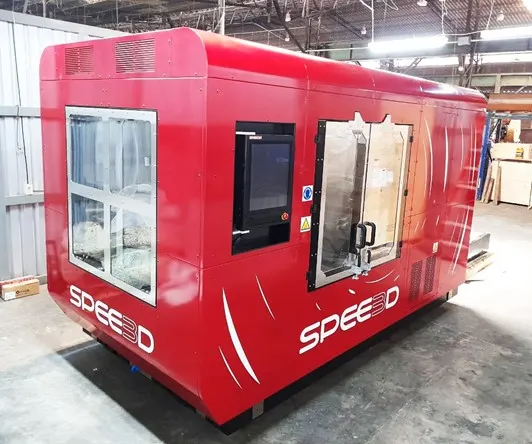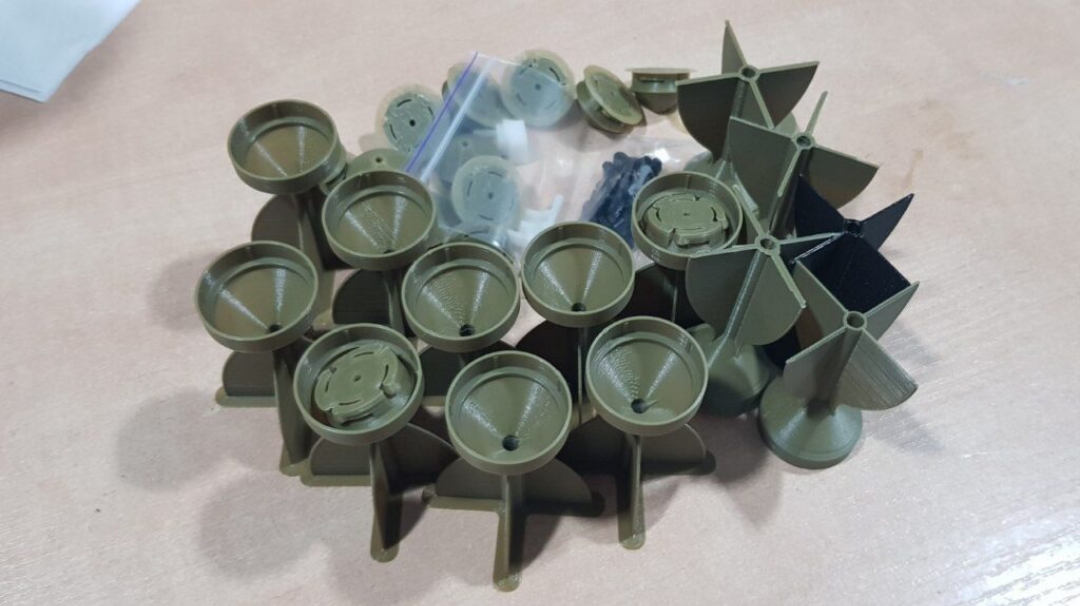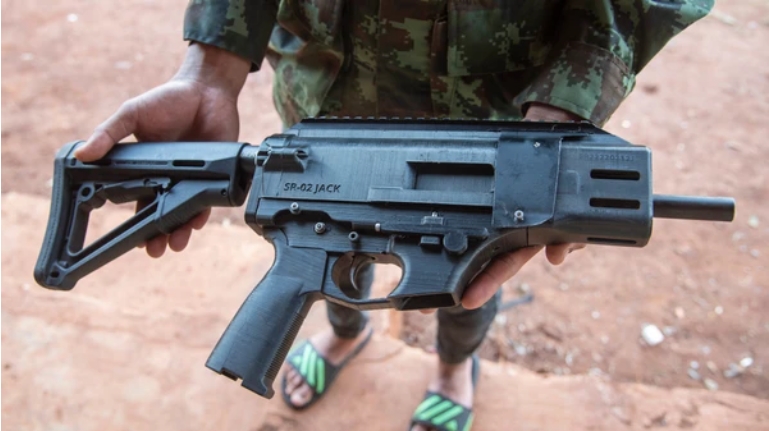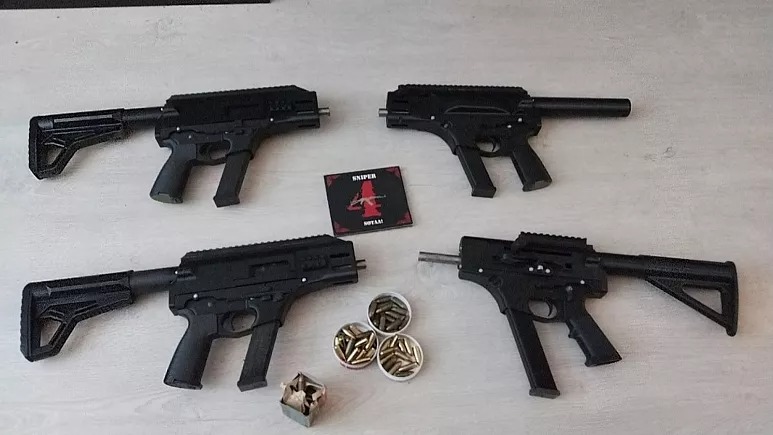3D printing, also known as additive manufacturing, is a technology that allows the creation of complex objects by depositing layers of material on top of each other. 3D printing has been used for various purposes, such as prototyping, art, education, and medicine. But what about its role in warfare?
3D printing has been used by various actors in war zones, such as Ukraine, Syria, and Iraq, to produce weapons, ammunition, equipment, and supplies. 3D printing offers several advantages in wartime, such as:
Flexibility
3D printing can create customized and adaptable products that suit the needs and preferences of the users. For example, 3D printing can produce gun barrels, bullets, artillery rounds, and other tools that fit different models and calibers of weapons. This can give the users an edge over their enemies who may have limited or outdated weapons. 3D printing can also create parts and repairs for damaged equipment, such as drones, vehicles, and radios. This can save time and money that would otherwise be spent on ordering or transporting new equipment.

Speed
3D printing can reduce the time and cost of production and delivery of products. For example, 3D printing can produce protective gear, tourniquets, periscopes, and other needed supplies in a matter of hours or days. This can help the users to respond quickly and effectively to changing situations and emergencies. 3D printing can also reduce the logistical nightmares of transporting needed supplies across borders or through hostile territories. This can avoid the risks of ambushes, thefts, or delays that may compromise the mission or endanger the lives of the users.

Accessibility
3D printing can enable the production of products in remote or isolated areas that may have lost contact with the international community or the supply chain. For example, 3D printing can be set up in basement bunkers or field hospitals that are ideal for wartime production. This can allow the users to continue their operations without depending on external sources or support. 3D printing can also allow the sharing of digital designs among multiple facilities or individual producers through the Internet or other networks. This can foster collaboration and innovation among users who may have different skills or experiences.
 Entrepreneurs in Poland rush printers to the stricken neighboring country for use creating protective gear, tourniquets, periscopes—and even drones—for the Ukrainian defense. Source: SYGNIS
Entrepreneurs in Poland rush printers to the stricken neighboring country for use creating protective gear, tourniquets, periscopes—and even drones—for the Ukrainian defense. Source: SYGNIS
However, 3D printing also poses some challenges and risks in warfare, such as:
Quality
3D printing may not produce products that are reliable or durable enough for war conditions. For example, 3D-printed weapons or ammunition may malfunction or explode due to poor materials or design. This can endanger the lives of the users or their allies who may rely on these products. 3D printed products may also lack standardization or certification that ensure their safety and performance. This can lead to inconsistencies or errors that may affect the outcome of the war.

Regulation
3D printing may create products that are illegal or unethical in war. For example, 3D printing may produce weapons of mass destruction, such as chemical or biological weapons. This can violate international laws or norms that regulate the use of force or protect civilians and human rights. 3D printing may also enable the production of products that are banned or restricted by treaties or agreements, such as landmines or cluster bombs. This can undermine the credibility or legitimacy of the users who may face sanctions or condemnation from the international community.

Security
3D printing may enable the proliferation or misuse of products by malicious actors. For example, 3D printing may allow terrorists or criminals to produce weapons or explosives that are hard to detect or trace. This can pose a threat to national security or public safety of various countries or regions. 3D printing may also expose digital designs to hacking or theft by adversaries or competitors. This can compromise the intellectual property or trade secrets of the users who may lose their competitive advantage or strategic edge.

In conclusion, 3D printing is a powerful technology that has both positive and negative impacts on warfare. 3D printing can provide solutions and opportunities for actors in war zones, but it can also create problems and threats for them. Therefore, 3D printing requires careful regulation and oversight to ensure its responsible and ethical use in war.